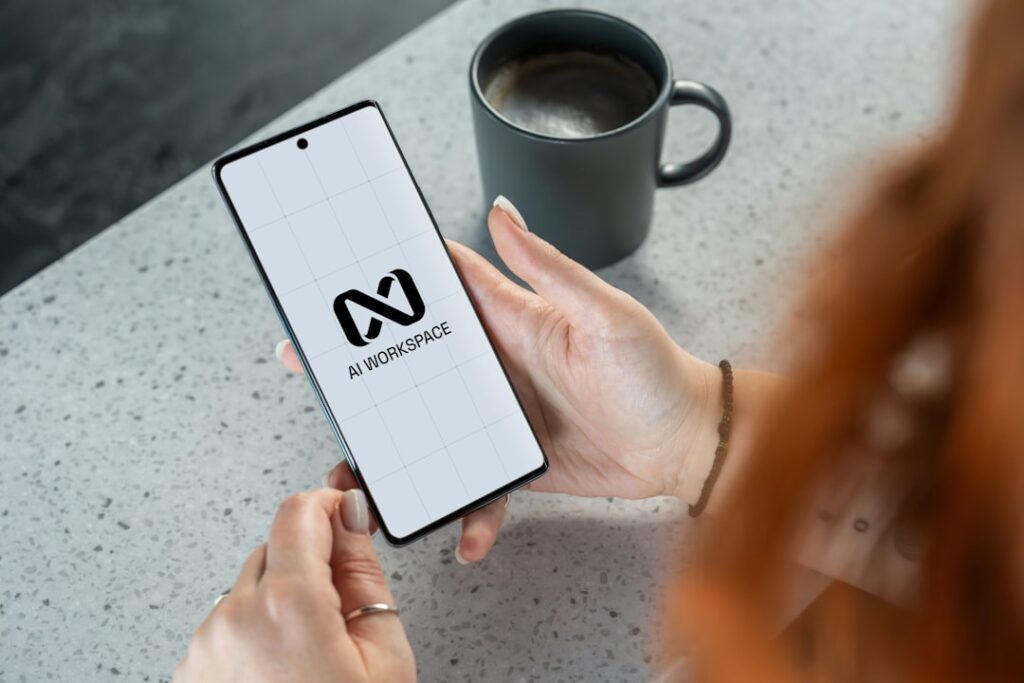AI Tools for Productivity: Enhance Your Work Efficiency
As we navigate the complexities of modern workplaces, productivity has become a crucial factor determining success. Many individuals and organizations are turning to productivity AI tools to streamline processes, manage tasks, and ultimately boost efficiency. In this article, we will explore the top productivity AI tools that can revolutionize the way you work and help you achieve your goals more effectively.
Understanding Productivity AI Tools
Productivity AI tools are software applications that utilize artificial intelligence to assist users in managing their time, projects, and tasks more effectively. These tools leverage algorithms and machine learning to automate routine tasks, provide data-driven insights, and improve decision-making processes.
Key Features of Productivity AI Tools
- Automation of repetitive tasks
- Smart scheduling and reminders
- Data analysis and reporting
- Collaboration and communication enhancements
- Integration with other software tools
Top Productivity AI Tools to Consider
With numerous options available, it can be challenging to choose the right productivity AI tools for your needs. Here are some of the most popular and effective tools currently on the market:
1. Todoist
Todoist is an AI-powered task management tool designed to help users keep track of their tasks and projects. Its intelligent scheduling feature learns from your habits and preferences to suggest optimal due dates for tasks.
2. Trello with Butler
Trello is a popular project management tool that integrates with Butler, an AI automation tool that can streamline task management by automating repetitive actions, simplifying workflow, and improving team collaboration.
3. Notion
Notion is an all-in-one workspace that combines notes, tasks, databases, and collaboration tools. Its AI features help in organizing and prioritizing information, thereby increasing your productivity.
How Productivity AI Tools Impact Workflow
The integration of productivity AI tools into daily workflows can have a significant positive impact. Here’s how:
Improved Time Management
By automating mundane tasks and providing reminders, productivity AI tools help users focus on more critical activities, leading to better time management.
Enhanced Collaboration
Many productivity AI tools feature collaborative functions that allow teams to work more efficiently together, reducing miscommunication and streamlining project timelines.
Choosing the Right Productivity AI Tools for You
When selecting productivity AI tools, consider the following factors to ensure you choose solutions that align with your work style:
- Ease of use and interface
- Integration capabilities with other tools
- Pricing and budget
- Customer support and resources
Conclusion
Embracing productivity AI tools can lead to substantial improvements in how you manage your tasks and time. By automating processes and enhancing collaboration, these tools empower individuals and teams to reach their full potential. Whether you are a freelancer, a small business, or a large corporation, integrating these innovative technologies into your workflow can transform productivity and drive success.
How Productivity AI Tools Enhance Task Management
One of the primary benefits of incorporating productivity AI tools into your workflow is their ability to enhance task management. These advanced solutions can automate the planning process, ensuring that tasks are prioritized based on deadlines and importance. For instance, AI-driven applications can analyze your past productivity patterns and suggest optimal times for tackling specific tasks, allowing you to maximize efficiency and focus on what truly matters.
Smart Scheduling with AI
Many productivity AI tools come equipped with smart scheduling features that help you find the best time slots for meetings and tasks. By integrating with your calendar, these tools can analyze your availability and suggest ideal times for collaboration or deep work, minimizing scheduling conflicts. By offloading this tedious task to AI, you can allocate more time to actually completing your work, thereby improving your overall productivity.
The Role of AI in Personalizing Workflows
Every individual has a unique work style, and productivity AI tools recognize this by personalizing workflows. By learning from your behaviors, preferences, and work habits, these tools can create customized recommendations that enhance your productivity. For instance, they might suggest specific techniques for time management, such as the Pomodoro Technique, or even adapt to your peak working hours to ensure you’re at your best when it comes to tackling challenging projects.
Continuous Adaptation for Better Outcomes
Another impressive feature of many productivity AI tools is their ability to continuously adapt to your evolving workflow. As you integrate these tools into your daily routine, they gather data on your performance and make adjustments accordingly. This ongoing learning process helps refine their suggestions, ultimately leading to better outcomes over time. Whether you’re in a fast-paced environment or working on long-term projects, the adaptability of productivity AI tools ensures that they can align with your changing needs, helping you stay on top of your game.
Collaboration Made Easy with AI Tools
In today’s collaborative work environments, productivity AI tools play a pivotal role in streamlining teamwork. These tools often include features designed to enhance communication and track project progress, making it easier for teams to stay aligned and meet deadlines. For example, some AI tools offer real-time feedback mechanisms, allowing team members to quickly address issues and make necessary adjustments. This promotes a culture of transparency and responsiveness that is crucial for maintaining productivity.
Integrating AI for Enhanced Communication
Furthermore, productivity AI tools can facilitate communication by summarizing discussions, highlighting key points, and even generating actionable items from meetings. This not only saves time but also ensures that everyone is on the same page, reducing misunderstandings and promoting efficiency. By utilizing these advanced technologies, teams can focus more on collaboration and less on administrative tasks, ultimately fostering a more productive work environment.


